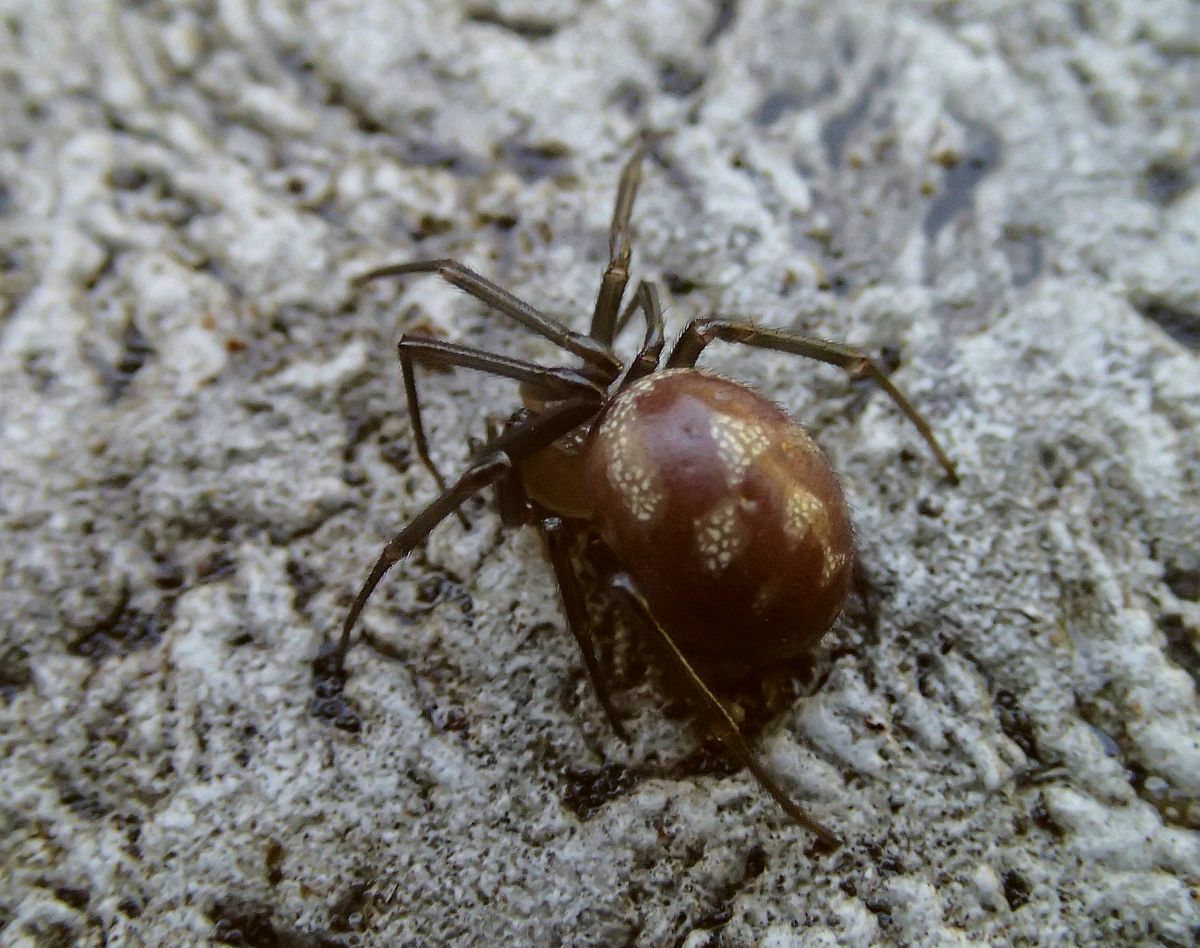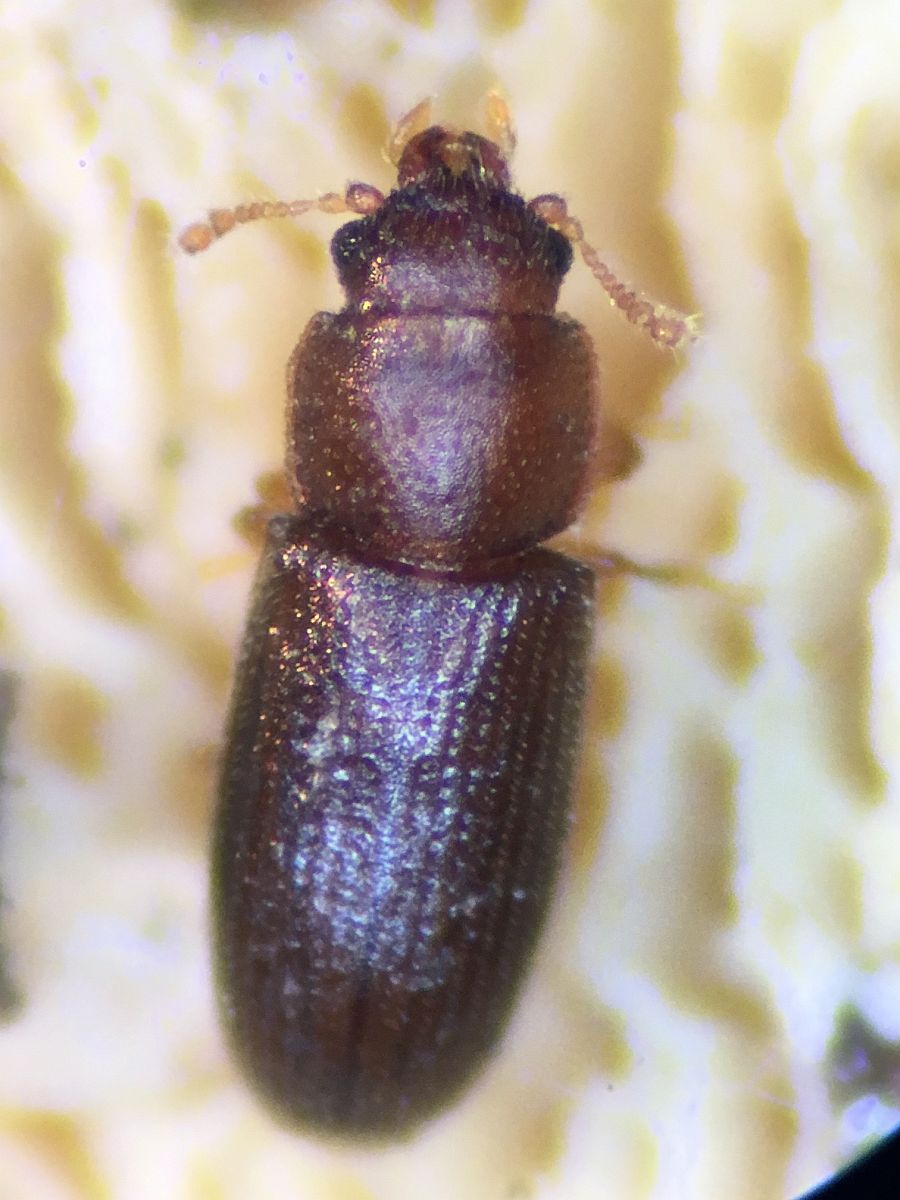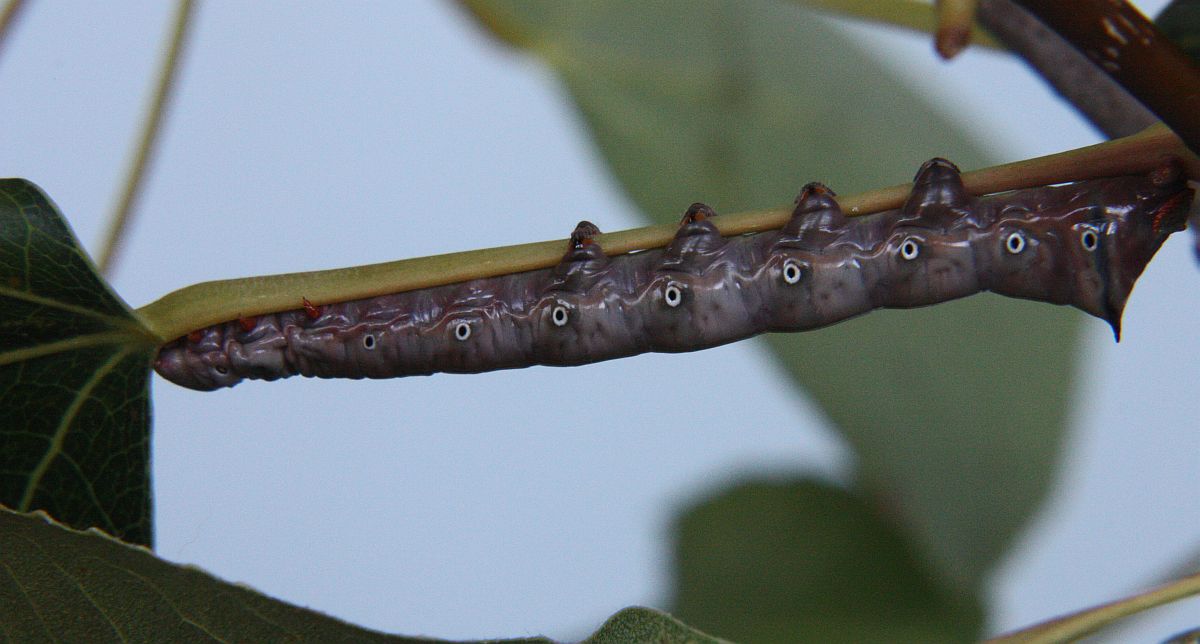September 23
2017 September 23
Jeremy Tatum writes: I visited McIntyre Reservoir today in hopes of seeing an American Lady. No such luck, and unfortunately most of the Teasels are now past flowering. There are a very few Teasels left, and lots of other flowers, so it is still worth a look to find Painted or American Ladies.
I did see from one to three (not sure which) Orange Sulphurs. The one I had a good look at was obviously a female (yellow spots inside the broad terminal band), and it was every bit as deep orange as a male Orange Sulphur. This makes me think again quite seriously about those paler sulphurs seen during the VNHS September Butterfly Walk. I may have too hastily dismissed them as female Orange Sulphurs, and I now wonder if in fact they may have been Clouded Sulphurs. I don’t think they were the form helice that occurs in many female sulphur species, because forma helice is almost as white as a Cabbage White. If anyone has photos of these paler sulphurs from the VNHS Butterfly Walk, we would be very interested to see them.
There were still lots of Cabbage Whites at McIntyre reservoir.
Rosemary Jorna writes from Kemp Lake Road: I do not know if this spider lived in our house or came in with me as I had been working in the yard. We I came in for coffee and I settled down on the couch. After a few minutes it ran down my arm and ended up on our deck for photos before a quick trip out back to a new home.
Robb Bennett writes:

Steatoda sp.(Ara.: Theridiidae) Rosemary Jorna
Bill Savale found some tiny beetles in a long-dried specimen of a fungus that he had had for some years. Many thanks to Charlene Wood for identifying them and photographing them. They are at most 1.5 mm in length. Have a look on a ruler to remind yourself of what a millimetre looks like to appreciate Charlene’s skill in getting the photograph.


Hadraule blaisdelli (Col.: Ciidae) Charlene Wood
Jeremy Tatum writes: The Pheosia rimosa caterpillar shown on September 20 has now grown a lot and has changed colour:


Pheosia rimosa (Lep.: Notodontidae) Jeremy Tatum
